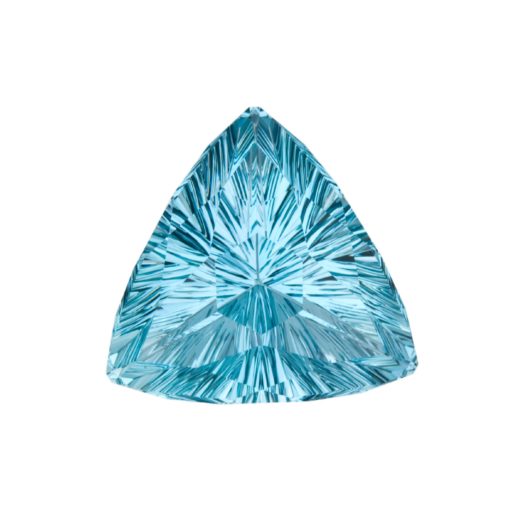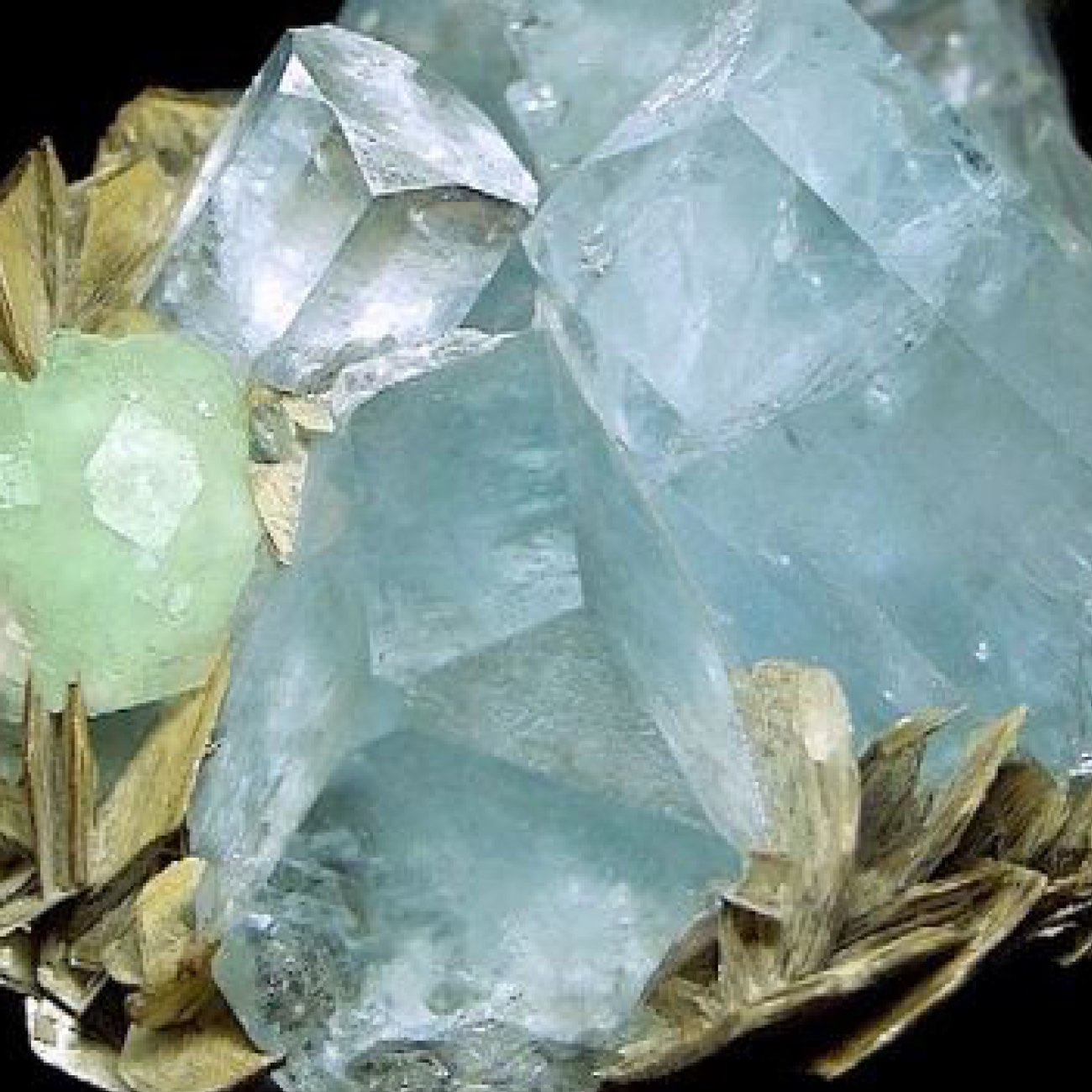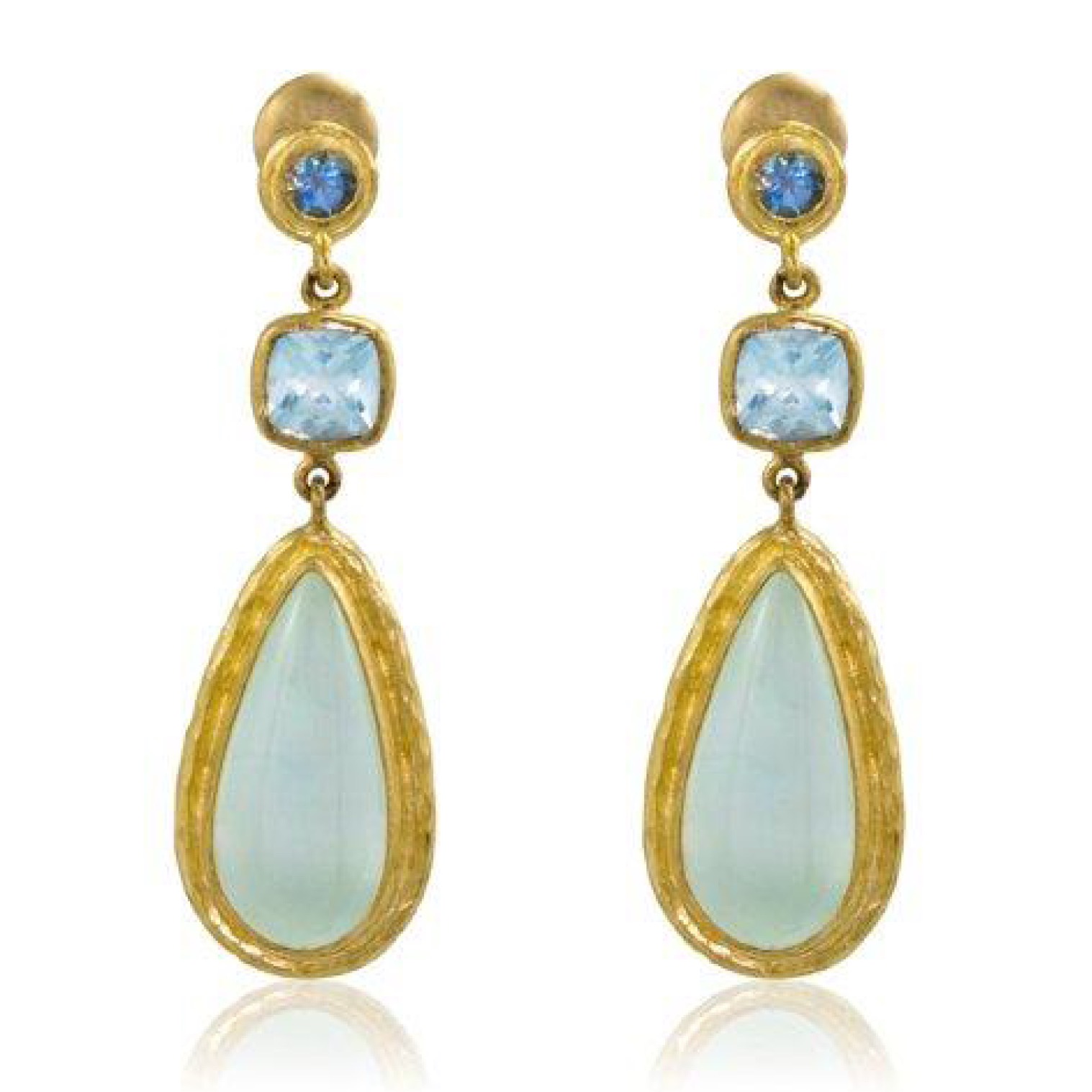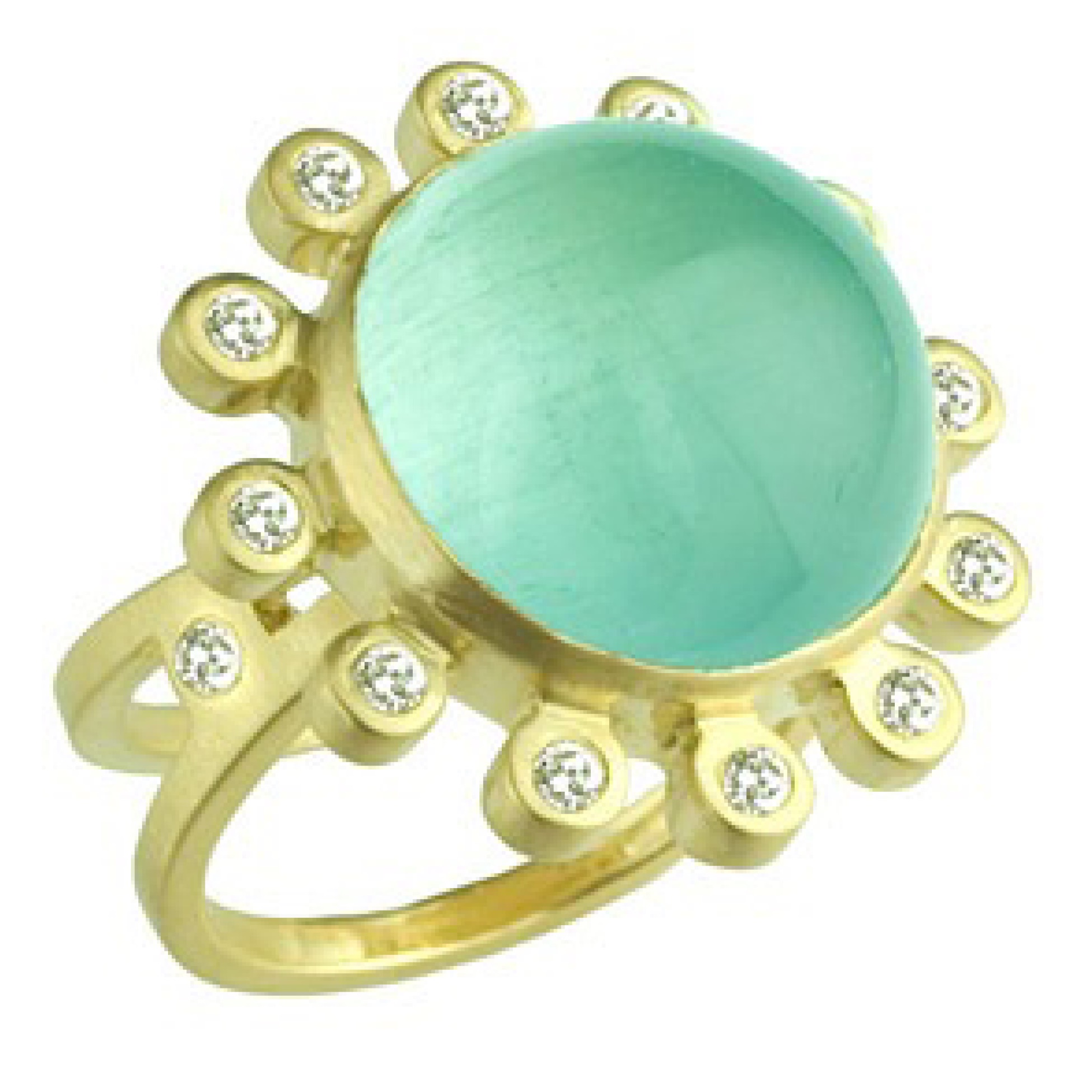
AQUAMARINE: March Birthstone

ROMANCE, HISTORY & LORE
Legends say that aquamarine originated in the treasure chests of fabulous mermaids. For centuries, aquamarine was the constant companion of mariners, their protection against the wrath of the sea.
Perhaps because this gem has earned its own reputation for beauty, many don’t realize that aquamarine is emerald’s sister. While both stones are of the beryl family, aquamarine possesses a delicate, light blue hue reminiscent of the ocean’s calm. Its very name, taken from Latin, translates to “seawater.”
As the birthstone of March and a favorite of water-signs, aquamarine is well-suited to building a collection year after year, milestone after milestone.
ORIGINS
The largest deposits of aquamarine are found in Brazil, Tanzania, Kenya, Mozambique, Nigeria and Madagascar. Russia and Sri Lanka also contribute a lesser production. More recently, stunning aquamarine crystals been found in Pakistan and Afghanistan, lending promise to the potential for future mining in the region.



ENHANCEMENTS
The pure blue of aquamarine is the most prized, and as such, heat treatment is often applied to enhance aquamarine’s color. After applying gentle heat for several hours, a once-greenish gemstone will become the purer pastel blue more typical of aquamarine in today’s market. The result is permanent and widely accepted in the jewelry industry.

SELECTING A STONE
With an expressive color evocative of both sea and sky, aquamarine is considered a fashion staple. It is a rare gemstone in that it can effortlessly move from day to night, work to play, and casual to elegant.
Jewelry set with aquamarine, because of its pastel tones, tends to be light and bright. The darker and more saturated an aquamarine’s color is, the rarer and consequently the more valuable it is. In general, however, aquamarine is a pastel gemstone and it lighter tones never reach the deeper tones of sapphire. Adding to its popularity is aquamarine’s beauty when set in either white or yellow metal. Yellow enhances the warmth of a greenish stone, while white metal highlights its cool blue hues.
Aquamarine quite frequently has a flawless or lightly included interior and is often cut with large step facets and an open table that show off the remarkable purity of its structure. In fact, because of its pastel character and superior transparency, aquamarine will sparkle with brilliance no matter how it is faceted.


Aquamarine is also available in large sizes and unconventional shapes, making it a perfect candidate for special order design and manufacture. And given the generous availability of rough aquamarine, there is truly no limit to a lapidary’s creativity.

CARE
Aquamarine is resilient enough for frequent wear but to look its best, aquamarine should be cleaned every third or fourth time it’s worn. For at-home cleaning, the safest method is using a solution of warm water and gentle dish detergent. Lightly scrub the gemstone with a soft brush and let dry on a soft cloth. As with other fine jewelry, remove aquamarine before bedtime.

